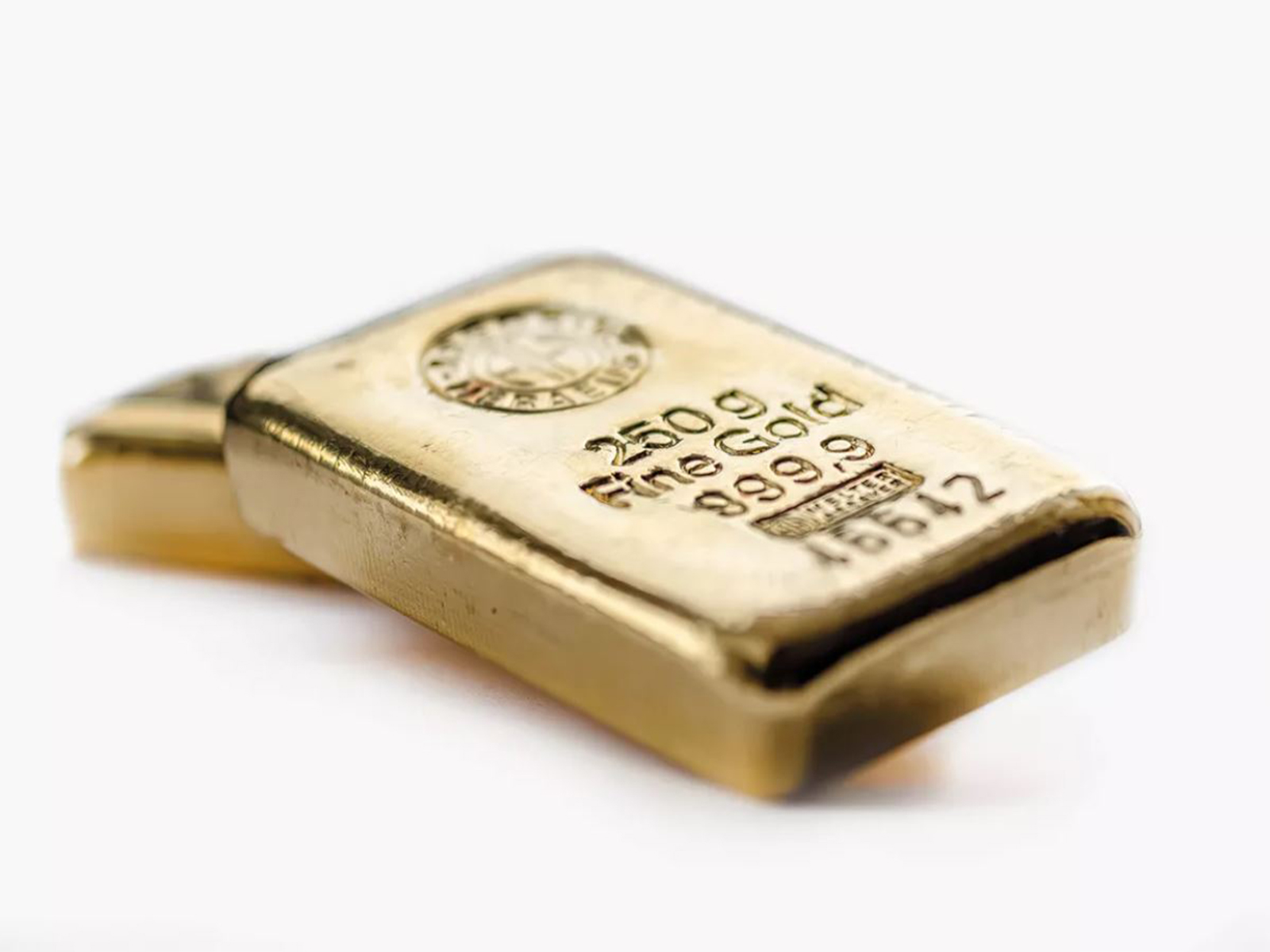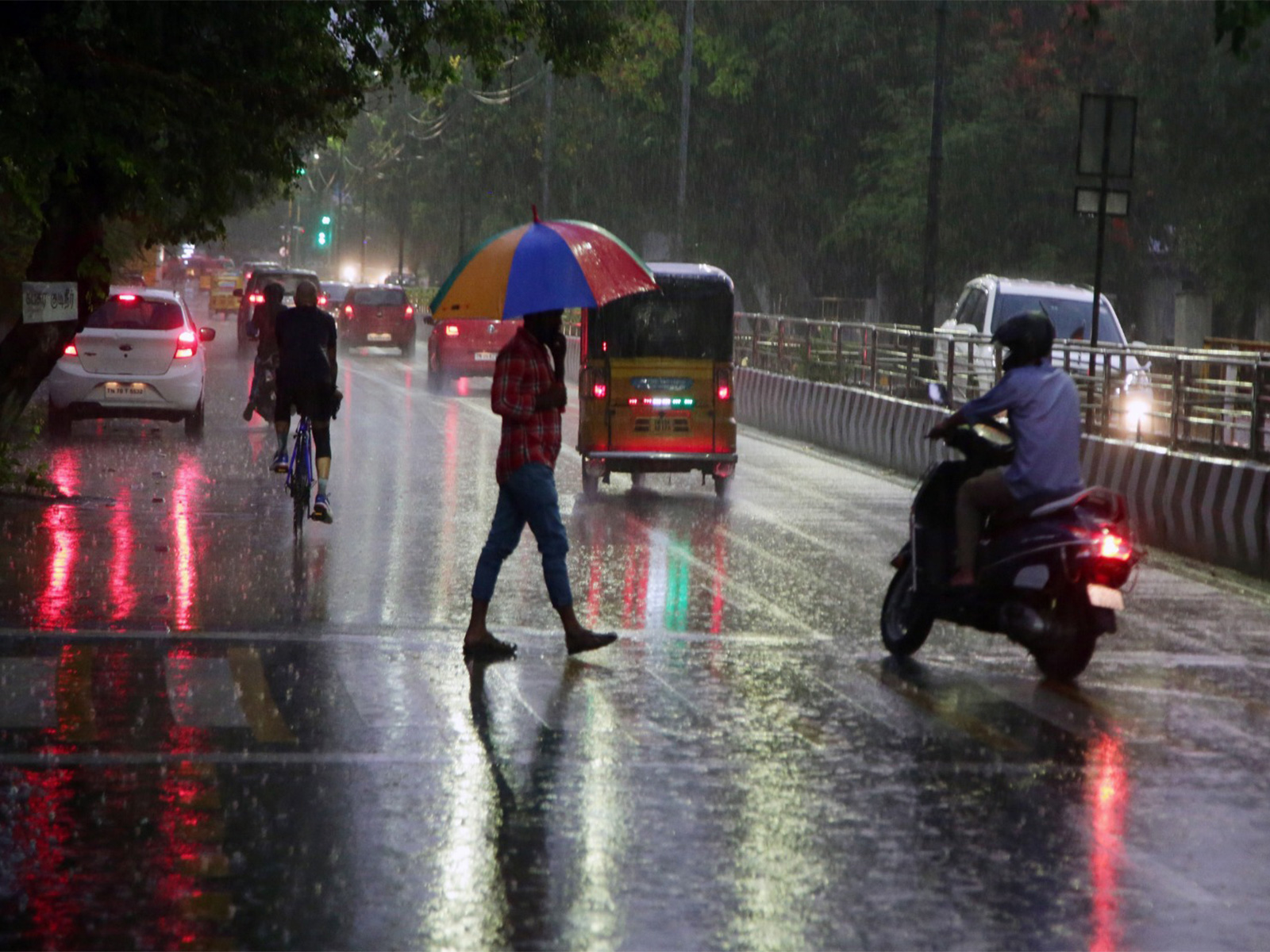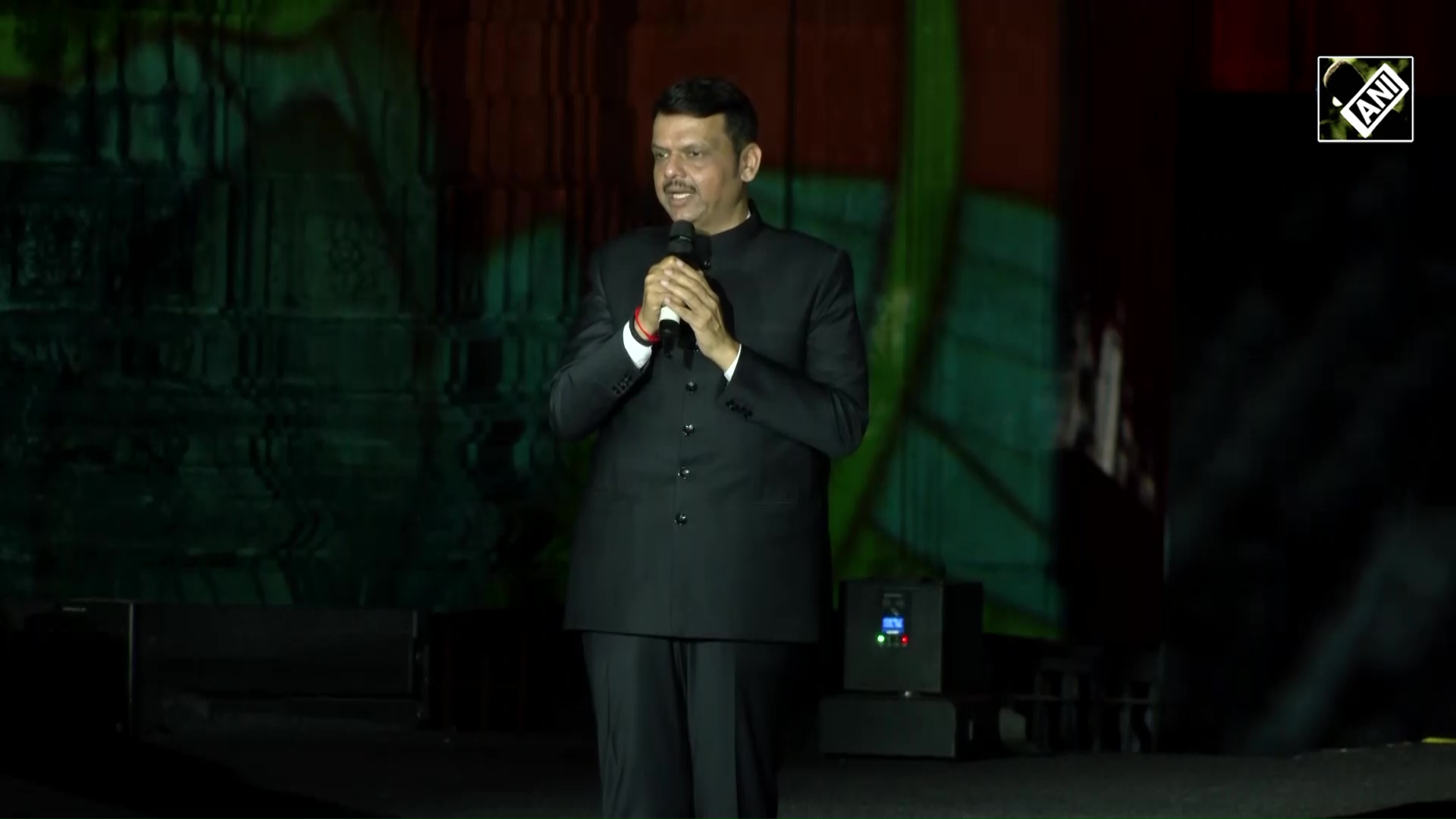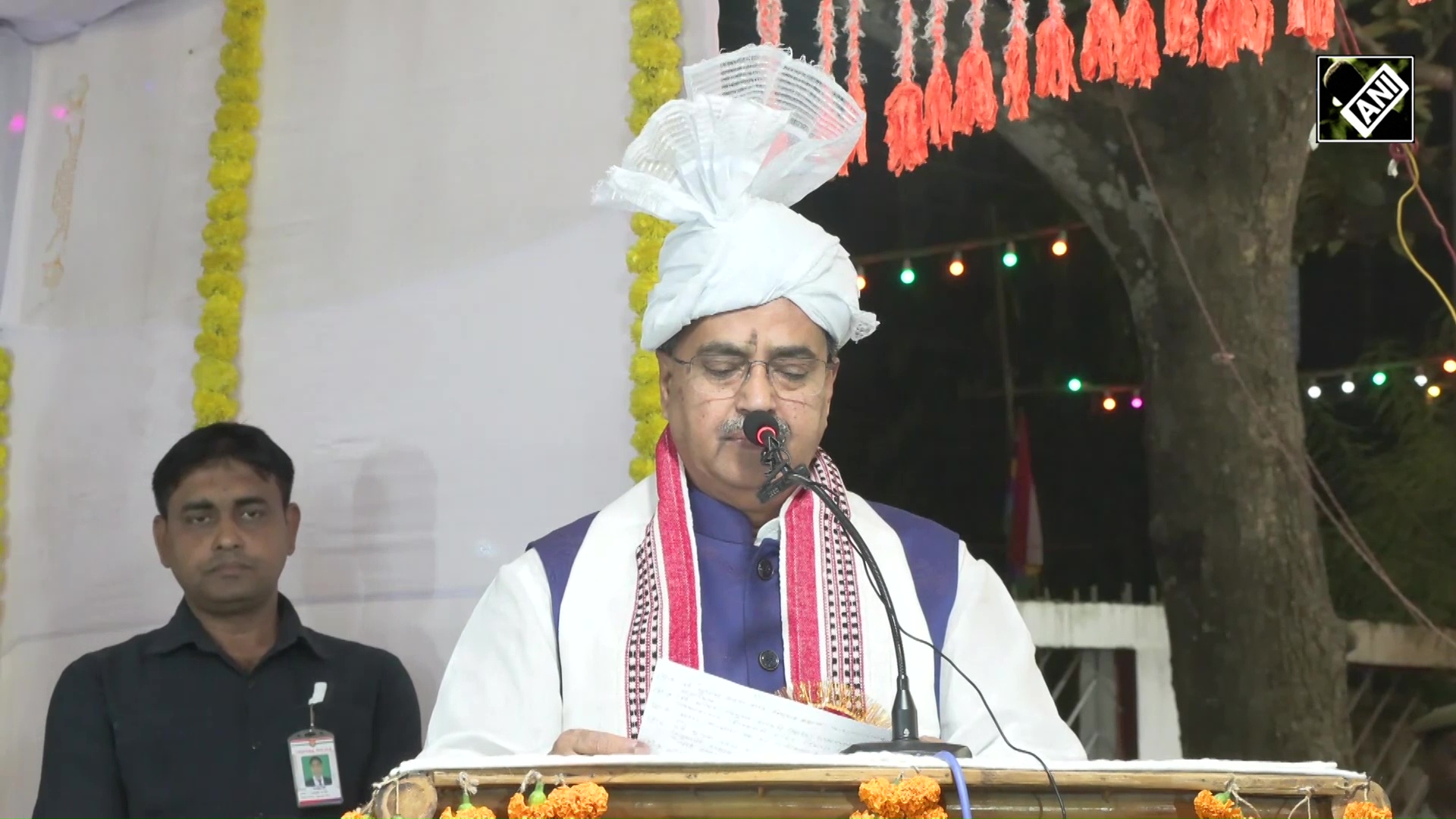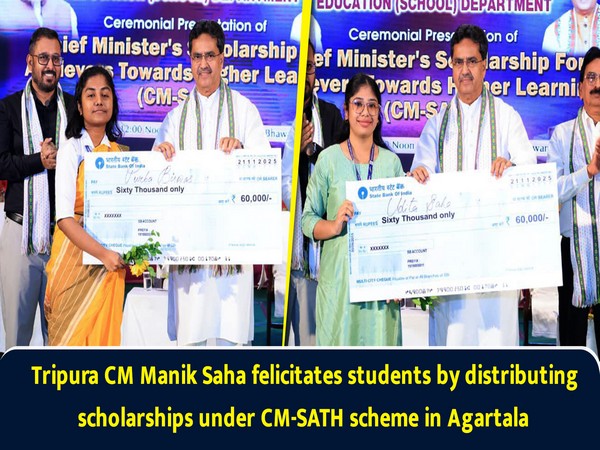Kejriwal Government's education budget allocation remained highest across all state governments: Delhi's Economic Survey
Mar 01, 2024

New Delhi [India], March 1 : The Delhi government spent 21.1 per cent of aggregate expenditure on Education and 16.17 per cent of its total scheme expenditure on Public Health and Family Welfare, according to the Economic Survey presented by Delhi Finance Minister Atishi on Thursday.
"Kejriwal Government's Education budget allocation has remained the highest across all state governments and Central Governments. In 2022-23, we spent 21.1% of our aggregate expenditure on Education, while the average across India was 13.5%." the survey noted.
Delhi's Gross Enrollment Ratio and Net Enrollment Ratio is higher than India's average GER and NER. For Senior Secondary classes - the seniormost classes in school education, Delhi's GER is 95.01% while it is 57.05% for India, in 2021-22. This means that children not only take admission in school, but finish their school education.
"Kejriwal Government spent 16.17% of its total scheme expenditure on Public Health and Family Welfare. Health Infrastructure in Delhi consists of 92 hospitals, 39 Primary Health Centres, 1658 dispensaries, 124 Maternity Homes & Sub Centres, 46 Polyclinics, 1040 Nursing Homes, 405 Special Clinics & Voluntary Organizations and 19 Medical Colleges available in Delhi as on 31st March 2023." the survey noted.
The Kejriwal Govt. alone is a significant contributor in case of health care services having 38 Multispecialty and Super Specialty Hospitals, 174 Allopathic Dispensaries, 60 Seed Primary Urban Health Centres, 521 Aam Aadmi Mohalla Clinics, 30 Polyclinics, 55 Ayurvedic Dispensaries, 25 Unani Dispensaries, 117 Homeopathic Dispensaries and 46 School Health Clinics.
Delhi's Infant Mortality Rate is 1.2% compared to India's rate of 2.8%. Delhi's Neo-Natal Mortality Rate is at 0.9% as compared to 2.0% for India, Under Five Mortality Rate is 1.4% as compared to 3.2% for India, as of May, 2022)
"The peak demand increased from 5653 MW in 2013-14 to 7695 MW in 2022-23. Delhi's consumption of electricity has risen by 859 million units in the past one year. AT&C losses in Delhi have reduced significantly from approximately 16% in 2012-13 to 6.42% in 2022-23 in the power sector. Kejriwal Government generated 3.41 crore electricity bills worth in 2022-23 The consumers of electricity has risen from 44.64 lakh in 2012-13 to 68.51 lakh in 2022-23." the economic survey said.
Kejriwal Government provides free water up to 20 kilolitres to households with metered water connections, benefiting approximately 24.72 lakhs consumers since the scheme's inception.
Kejriwal Government has been able to provide a regular water supply to the un-served and under-served areas and has covered about 97% of total unauthorised colonies in Delhi. About 93.5% households of Delhi now have access to piped water supply. Delhi's sewage treatment capacity has increased fro 402.40 MGD in 2001 to 632.26 MGD in 2023. Jal Board has a branching/peripheral sewage network of 10,000 km and a main network of 200 km of trunk sewers.
The daily average passenger ridership in DTC buses was 25.02 lakh, in Cluster buses was 16.39 lakh and 46 lakh passengers in Delhi Metro during the year 2022-23. Cumulatively, more than 87 lakh passengers use our public transport system. As of January 2024, Delhi's total bus fleet comprised 7582 buses, out of which 1650 are electric. Total pink tickets (free bus travel for women) issued over 2022-23 add up to 45.44 crore for DTC and cluster buses.
"Delhi has the 3rd largest number of electric buses in the world, after China and Santiago. During 2022-23, 8628 marshals in DTC and 2752 marshals in Cluster buses were deployed for women's safety and security." the survey noted.
Earlier, Delhi Finance Minister Atishi tabled the state's Economic Survey in the Delhi Assembly on Friday. The Gross State Domestic Product (GSDP) of Delhi in 2022-23 was recorded at Rs 10,14,000 crore.
"GSDP of Delhi at current prices during 2023-24 is likely to reach Rs 11,07,746 crore at a growth of 9.1 per cent over 2022-23. The GSDP of Delhi in 2022-23 was 10,14,000 crore. In post-COVID times, our real GSDP grew at 8.76 per cent in 2021-22 and 7.85 per cent in 2022-23, faster than the rest of the country. Delhi's population constitutes 1.5 per cent of India's population, while GSDP contributes nearly 3.9 per cent to India's GDP." the economic servey read.
The Per Capita Income of Delhi was Rs 3,76,217 in 2021-22 which increased to Rs 4,61,910 in 2023-24. This is an increase of 22 per cent in 2 years. Delhi's per capita income is 2.5 times of national per capita income.
"Delhi's inflation rate was 2.81 per cent in (January to December 2023), while the national inflation rate was 5.6 per cent in (January to December 2023). Delhi's unemployment rate in 2020-21 (post Covid) was 6.3 per cent. It was 1.9 per cent in 2022-23." the survey stated.
Delhi's tax collection was registered a growth of 18 per cent during 2022-23. In 2021-22, Delhi recorded a revenue surplus of 3,270 crores; which increased to 14,457 Crores in 2022-23.

